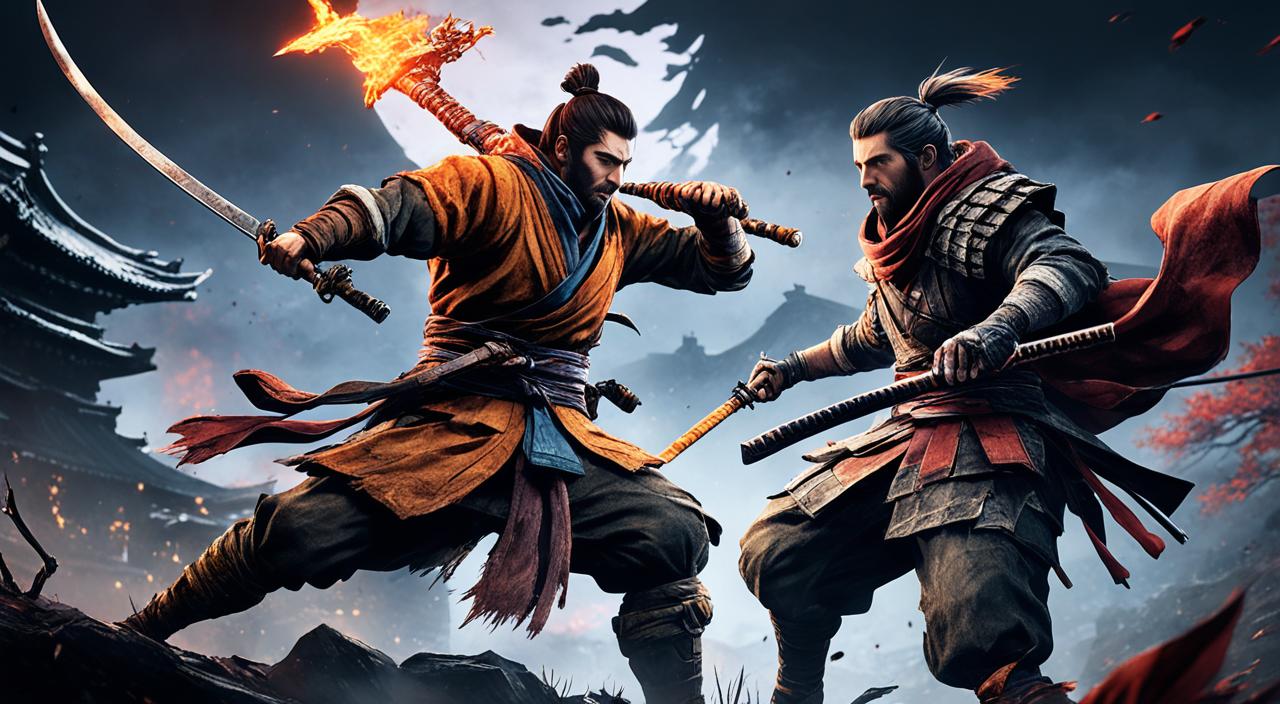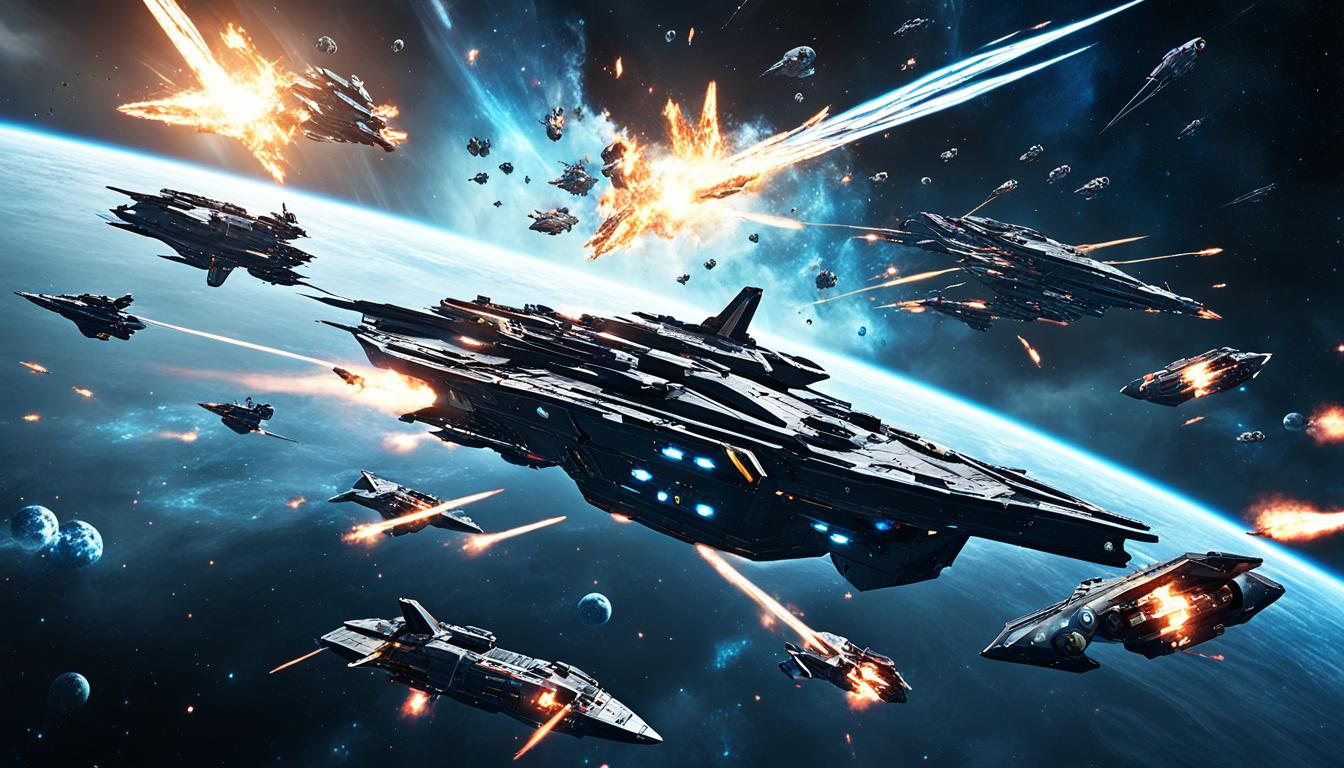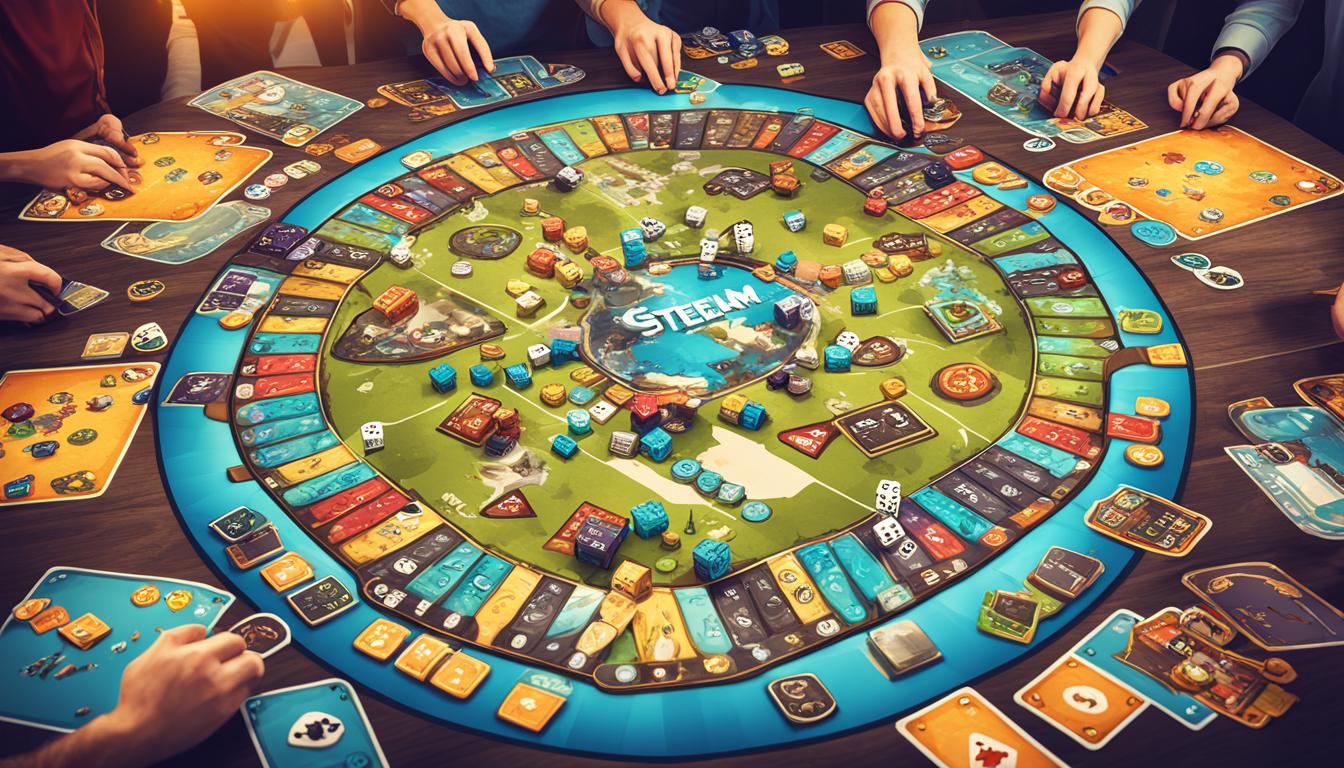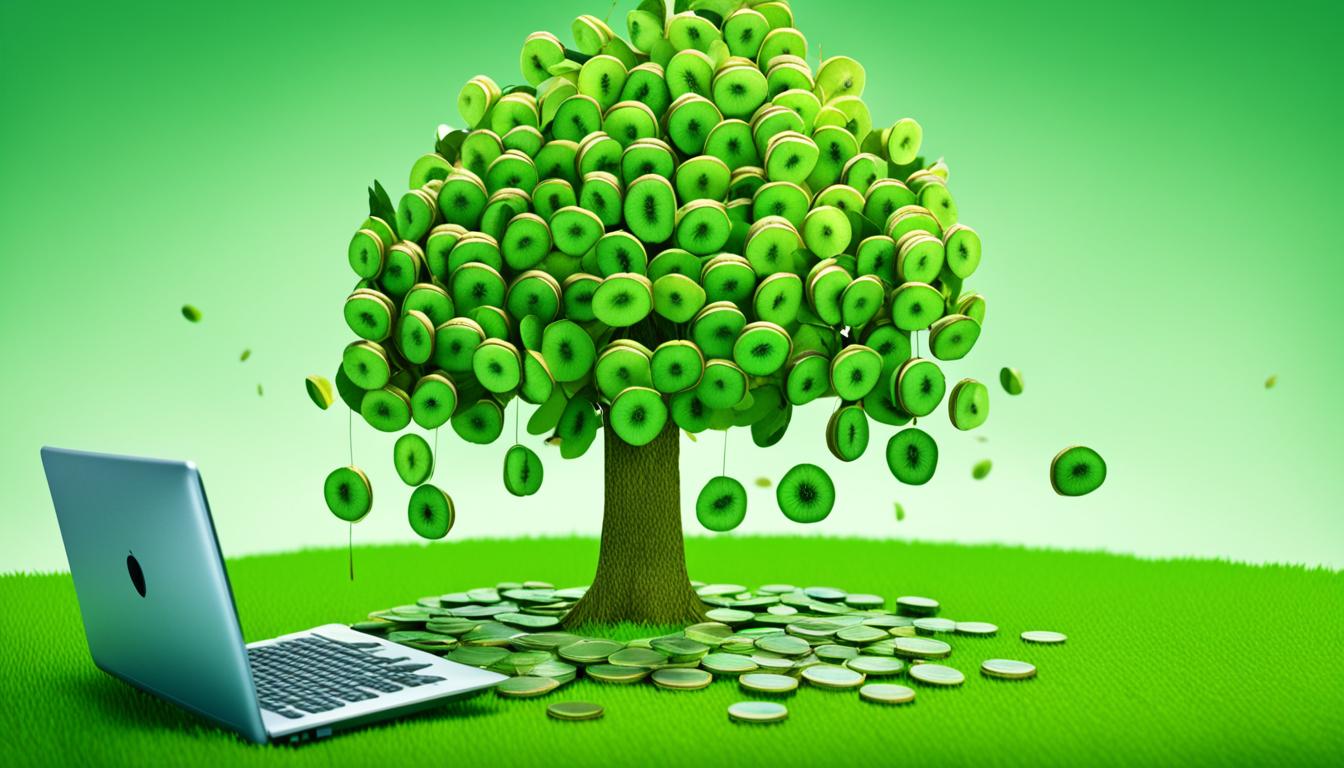If you’re a FromSoftware fan like me, you’ve probably found yourself at the center of some passionate debates before. The kind that sparks up late-night group chats and fan forums alike. Conversations that draw lines, blur boundaries, and spill over into passionate virtual skirmishes. Yes, we all know that feeling: the unending dispute about difficulty – Sekiro Shadows Die Twice vs Elden Ring.
Is Sekiro harder than Elden Ring? Or do the eerie landscapes of FromSoft’s ambitious open-world title pose a graver challenge than the impassive Sword Saint Isshin? It seems the mystery wrapped in the foggy veils of Elden Ring has only fueled this runaway debate. But in our pursuit of resolution, we often overlook the powerful allure these wide-ranging trials hold; the stakes, the victories, the losses, and the triumphant strides.
Join me as we venture deeper into what truly constitutes the difficulty in Sekiro vs Elden Ring, carefully navigating the fog-ridden lands of perception, mechanics, and emotional toll to uncloak the elusive answer. But beware, the truths we unearth may nudge us towards deeper waters and rattle the foundations of our closely held gaming convictions. So, let’s unravel this comparison between Sekiro and Elden Ring difficulty together.
Table of Contents
Understanding the Core Mechanics of Sekiro and Elden Ring
Anyone who has ventured into the world of FromSoftware’s games knows that they come with their unique set of challenges. The comparison between Sekiro and Elden Ring, however, shines a light on just how different these two games are from a mechanical perspective, and how they approach the concept of difficulty.
Sekiro is a game renowned for its precision. It demands nothing less than the mastery of a narrow set of skills. The learning curve is steep, set within the confines of the game’s rigorously strict combat and deflection systems. Victory in the battles is reliant on timing and precision. The margin for errors is thin, and mistakes are often punished severely. It promotes a ‘learn or die’ philosophy that places direct pressure on the player to understand and adapt to the game’s implied rhythm.
On the other hand, Elden Ring highlights its commitment to player freedom and diversity within its rosters. The game’s expansive open world and nonlinear style invite exploration and discovery, further promoting a variety of playstyles and strategies. It allows players to find their preferred way of overcoming obstacles and challenges in the game. From magic users to heavy weapon wielders, to agile characters— all have a place and purpose in the vast world of Elden Ring.
In essence, the core mechanics of each game contribute significantly to the unique experiences they offer, and ultimately, their difficulty. Sekiro challenges players with a tightly focused set of rules and commands finesse and mastery. In contrast, Elden Ring allows for a broader strategic approach with a more significant number of tools and strategies at the player’s disposal.
is sekiro harder than elden ring
When debating which game is harder, it’s crucial to explore the comprehensive gameplay mechanics of Sekiro and Elden Ring. Both games, although developed by the same studio, have distinct features that define their playstyle and gameplay difficulty.
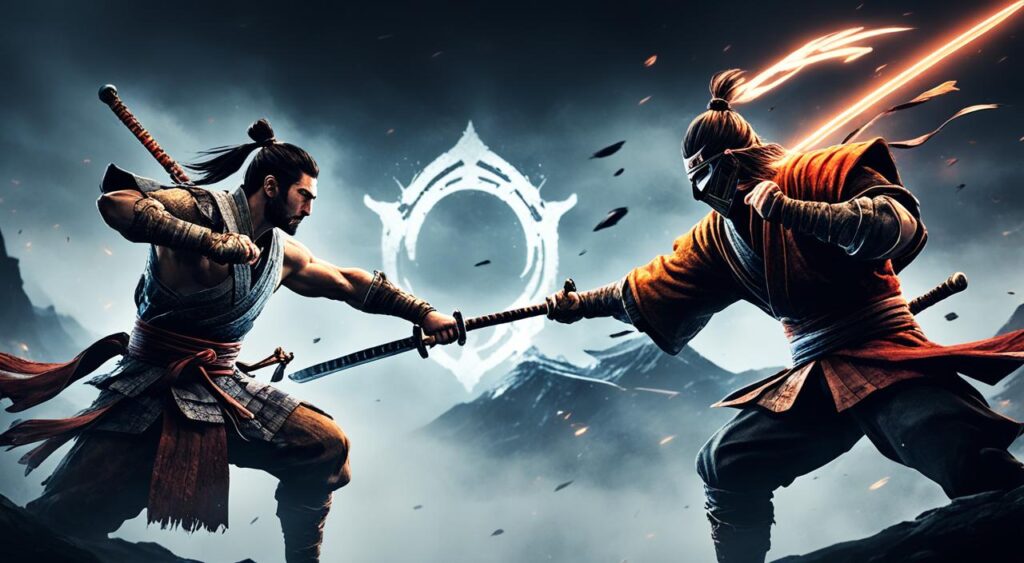
Combat System: Parry and Dodge Dynamics
Sekiro hinges on a combat system that rewards precision timing and player skill, largely through its tight parry system. Deflection, and timing it correctly, stands central to surviving encounters and form the backbone of Sekiro’s difficulty level. On the contrary, Elden Ring favors dodge dynamics and careful stamina management for both attacks and defensive evasions. This opens a larger range of tactical options, allowing for varied play styles, including magic usage and creature summons, thereby catering to a broader player base.
Player Character Customization and Abilities
Elden Ring sports a comprehensive RPG-style character customization feature, unprecedented in FromSoftware’s titles, and an expansive array of abilities therein. This results in contrasting gameplay strategies that oppose the narrower, yet deeper gameplay associated with Sekiro. Sekiro’s abilities revolve around the Shinobi’s Prosthetic and swordplay, offering fewer, yet more profoundly integrated skills, intensifying the gameplay learning curve.
Role of Stamina in Gameplay
Sekiro does away with the conventional stamina management seen in other FromSoftware games, promoting aggressive gameplay. Conversely, Elden Ring retains the stamina-driven model, dictating the pace of the game and limiting the player’s actions during combat. This distinction fundamentally alters the rhythm of the respective games, making the Sekiro vs Elden Ring gameplay difficulty comparison subjective.
Altogether, Sekiro and Elden Ring’s difficulty levels get influenced by their integral mechanics, combat systems, character abilities, and stamina management methods. Therefore, whether Sekiro is harder than Elden Ring primarily hinges on the player’s preferred gaming style and adaptability.
Assessing Sekiro’s and Elden Ring’s Boss Difficulty Levels
Understanding how the boss difficulty levels in Sekiro: Shadows Die Twice and Elden Ring factor into the overall player experience is vital when debating Sekiro vs Elden Ring difficulty. Players will find that boss battles in both games serve as peak difficulty moments, requiring varying strategies and skill.
For instance, Sekiro: Shadows Die Twice demands precision in deflection and counterattacks for a player to succeed. The bosses in Sekiro are often relentlessly demanding, requiring a steady mastery of its combat mechanics with little room for error.
On the other hand, Elden Ring provides a more diverse array of bosses. Each boss has distinct move sets and weaknesses, resulting in larger health pools and more multi-dimensional battles. Unlike Sekiro, Elden Ring allows for more strategic diversity, enabling players to ease the difficulty.
“Both games challenge players uniquely, but the relentless demand for mastery in Sekiro Shadows Die Twice vs Elden Ring makes each a unique experience in terms of difficulty.”
This level of challenge is distinct in their respective designs. A comparative look at the boss difficulty between these two games is detailed in the following table:
| Game | Difficutly Level | Differentiating Factor |
|---|---|---|
| Sekiro: Shadows Die Twice | High | Precision in deflection and counterattacks |
| Elden Ring | Varied | Strategic diversity in facing bosses |
In conclusion, it is crucial to remember that difficulty is somewhat subjective and what may be challenging for one player might not be for another. While this comparison of Sekiro vs Elden Ring difficulty provides a broad picture, the individual player experience may vary.
Analyzing the Difficulty Curves in Both Games
In our exploration of Sekiro vs Elden Ring gameplay difficulty, a crucial aspect to consider is the progression and pattern of difficulty in each game. This approach gives us a good understanding of the difficulty of Sekiro and Elden Ring, allowing us to make a clear-cut comparison between Sekiro and Elden Ring difficulty. Let’s delve into the specifics.
Progression of Challenge in Sekiro: Shadows Die Twice
Sekiro represents a game that has a straightforward, but steep learning curve. Players are immediately thrust into high-intensity combat situations. This setup necessitates a quick grasp of the game mechanics and forces players to continuously hone their skills throughout the game. Particularly when facing the infamous Isshin, it becomes evident that the game demands a constant high level of play. This results in a significant difficulty spike that remains pretty consistent throughout.
Ramping Up Difficulty in Elden Ring’s Open World
In contrast to Sekiro’s linear progression, the vast open-world of Elden Ring offers a different approach to the principle of game difficulty. The difficulty in Elden Ring oscillates, allowing players to choose their paths of progression. This open-world characteristic often results in sudden difficulty spikes when players encounter new areas and bosses, potentially leading to extensive level grinding to match up.
Learning Curves and the ‘Git Gud’ Factor
The phrase ‘getting good’—a term synonymous with the Soulsborne series—summarizes this genre’s approach to game difficulty. Both Sekiro and Elden Ring require players to master their unique gameplay elements. However, Sekiro puts a pronounced emphasis on player mastery with its demanding combat mechanics. Meanwhile, Elden Ring provides some flexibility through its varied level and equipment options, but there’s a constant need to adapt to the game’s ever-changing challenges.
In conclusion, choosing which game is harder between Sekiro and Elden Ring will ultimately depend on the player’s personal experience with the games’ unique mechanics and difficulty progression.
”
Sekiro vs Elden Ring Gameplay Experience: Which Feels Harder?
Unraveling the complexity of difficulty in both Sekiro: Shadows Die Twice and Elden Ring plunges us into an intricate exploration of divergent player experiences. A significant aspect of this analysis centers on dissecting the intricacies of each game’s gameplay, particularly associated with “feeling” of difficulty.
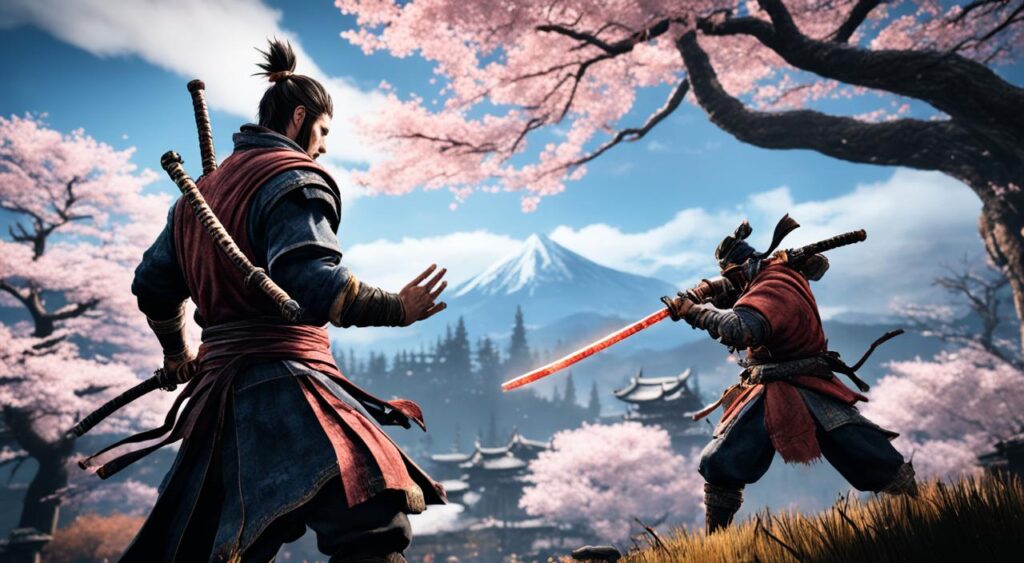
In essence, Sekiro’s gameplay swings around steadily maintained skill application, consistency in executing acquired moves, and an understanding of its unique combat rhythm. This particular design philosophy may lead some players to find Sekiro harder, considering its rigorous, skill-focused dynamics.
“Breathlessly exacting, Sekiro’s combat rhythm, vested in a cycle of attacks, deflections, and counterattacks, for some, connotes a higher Sekiro vs Elden Ring gameplay difficulty.”
In stark contrast, Elden Ring provides an adaptive gameplay experience, offering viable varieties of combat styles. This flexibility could potentially lessen the game’s inherently tight difficulty challenges. However, it’s worth noting that Elden Ring’s design, while accommodating variation, might also produce challenging spikes in difficulty for players who are unprepared for a new locale or boss encounter.
| Game | Core Gameplay Approach | Impact on Difficulty Perception |
|---|---|---|
| Sekiro: Shadows Die Twice | Requires consistent skill application, precision, and understanding of combat rhythm. | Perceived as more difficult due to stringent and skill-focused gameplay. |
| Elden Ring | Flexibility in combat styles, requires awareness and adaptability. | Difficulty perceptions can fluctuate based on player strategy, with potential for high difficulty spikes |
Thus, from a gameplay perspective, whether gauging the difficulty level of Sekiro and Elden Ring tilts towards one or the other largely hinges on player interaction with distinct game mechanics, distinct reactions to obstacle-surmounting strategies, and individual tolerance levels for punishing gameplay sequences.
The Impact of Game World Design on Difficulty Perception
While comparing Sekiro Shadows Die Twice and Elden Ring, factors aside from gameplay mechanics also influence the perception of difficulty. Primarily, the game world design can significantly alter how players approach and handle challenges in these games.
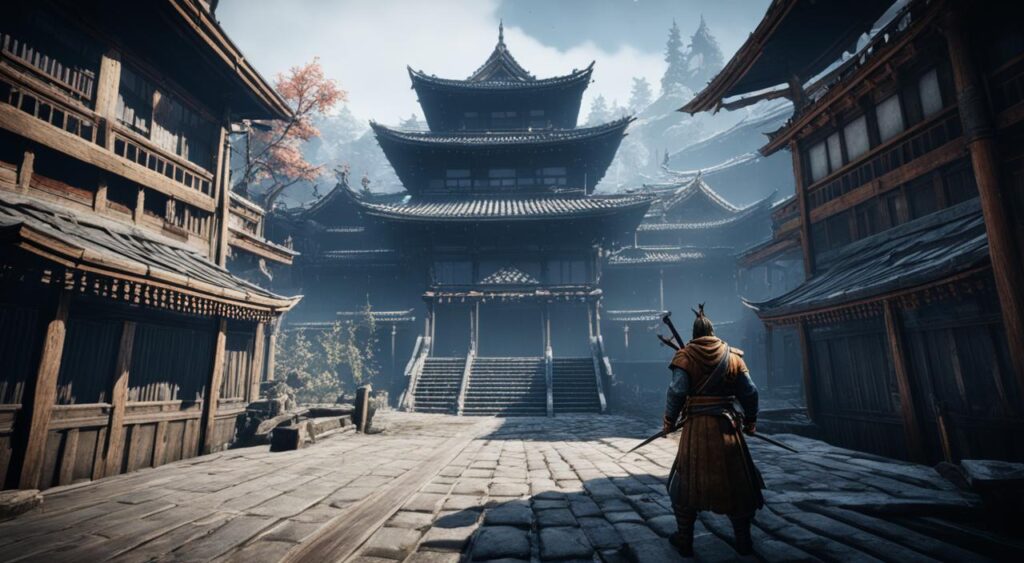
Linearity vs Open World Exploration
The linear plot progression in Sekiro provides players with a clear pathway and well-defined objectives, establishing somewhat manageable difficulty pacing. Conversely, Elden Ring’s expansive open world allows players to wander into areas that might exceed their current level, resulting in encounters of high difficulty early on in the game.
Encounter Design and Stealth Option in Sekiro
In Sekiro, the player’s ability to engage in stealth could potentially lower the game’s perceived difficulty. By strategizing and utilizing Sekiro’s stealth mechanics, players can evade some confrontations entirely or gain a substantial edge before battle commences.
Role of Environmental Hazards in Elden Ring
On the other hand, Elden Ring’s open world is fraught with environmental hazards and powerful enemy encounters unpredictably scattered across the map. This results in a heightened sense of risk and contributes to the idea of Sekiro being harder than Elden Ring. The presence of challenging endgame bosses within early game areas further amplifies this perception.
To provide a more tangible overview, consider the following table summarizing how the design aspects of each game impact the overall perception of difficulty.
| Sekiro Shadows Die Twice | Elden Ring | |
|---|---|---|
| Game World Design | Linear | Open World |
| Encounter Design | Well-defined path with escalating challenges | Random encounters with various difficulty levels |
| Option for Stealth | Available | Dependent on character build |
| Environmental Hazards | Minimal | Abundant |
In conclusion, while both Sekiro Shadows Die Twice and Elden Ring maintain a high level of challenge, their respective game world designs impact player experiences and perceptions of difficulty in distinctive ways. This reinforces the importance of player compatibility when considering if Sekiro is harder than Elden Ring.
Conclusion
As we reach the conclusion of this intense gaming showdown, it becomes evident that both Sekiro: Shadows Die Twice and Elden Ring wield their own distinctive challenges. They not only stand as distinct pillars in the gaming genre but have set unprecedented standards of difficulty. However, pinpointing which game is harder largely depends on individual player strengths and ways of strategizing.
The demanding, unbroken precision required in the combat style of Sekiro may feel more challenging to some players, favoring the measured cadence that this game insists upon. Conversely, the strategic diversity and adaptability that Elden Ring showcases could present more of a challenge for those who are used to relying on a single tactic. Amid these arenas of perpetual conflict, lies the true spirit of these masterpieces – they are arduous yet profoundly rewarding.
It’s noteworthy to mention that Elden Ring deploys higher difficulty spikes which can be smoothed over by careful, considered choices by the player. However, Sekiro remains consistent in its unremitting precision, potentially upscaling the grind for those who favor a more forgiving learning curve. Essentially, both Sekiro: Shadows Die Twice and Elden Ring continue to hold the baton of gaming excellence, providing unforgettable experiences that thrill and challenge in equal measure.
